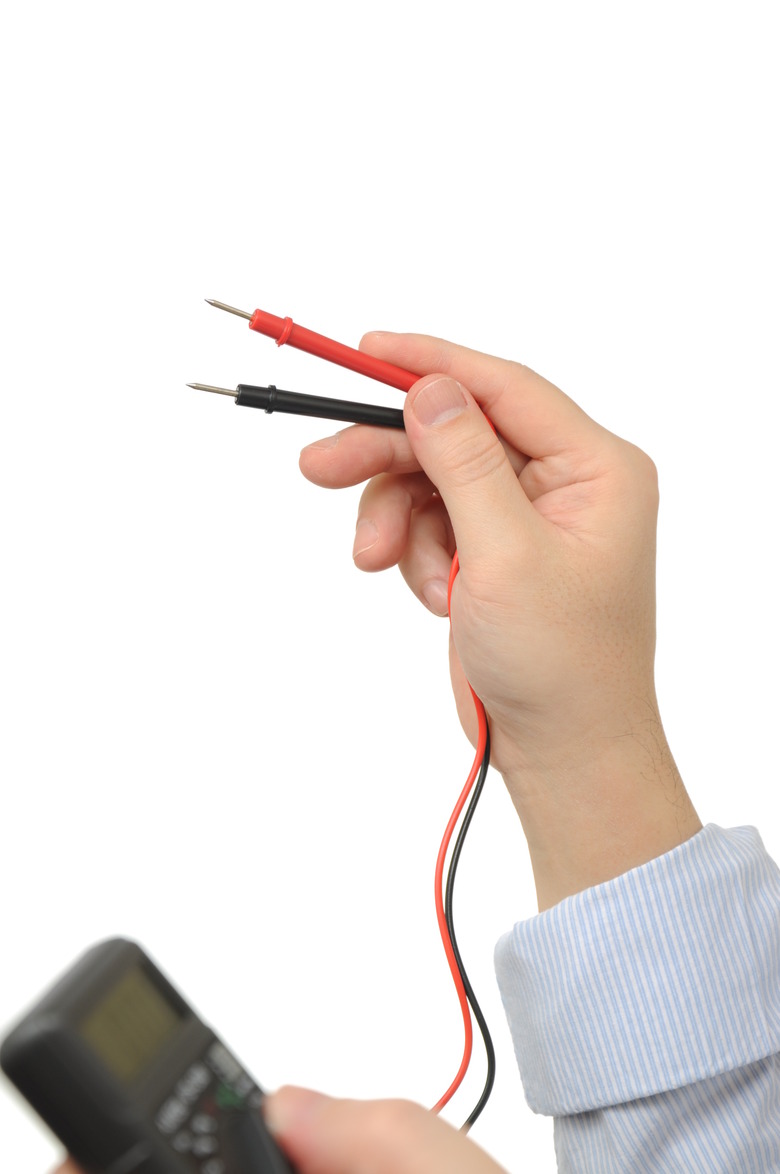How To Use A Megger Insulation Tester
Things Needed
-
Megger
-
Voltage tester
-
Pen and paper
Tip
Get a simple Megger IR tester if that's all you need. Get a more advanced model with continuity testing and other features if you need more testing capability.
A Megger insulation resistance tester is especially useful when you have carried out electrical work on your home and want to make sure you didn't damage insulation or make a wiring mistake. The Megger company registered the name Megger in May 1903 and today offers a wide variety of IR testers. Failed or damaged insulation can cause a circuit breaker to trip or fuse to blow and may result in a severe electrical shock to people coming in contact with poorly insulated wire or a metal part touching it. Using a Megger to test insulation resistance helps reduce such dangers.
Step 1
Switch off power to the circuits you are testing. If you are not sure which breakers or fuses control the circuits, switch off the main breaker. Place a note on the breaker panel advising others not to switch on the power because you are working on the circuits. Lock the switch closed if possible.
Step 2
Prepare a table in which you can record the insulation values that result from your tests. For a 110 volt circuit, leave spaces for the test results of the insulation between the black wire and the white wire and the insulation between each wire and ground. For a 220 volt circuit, leave spaces for the test results of the insulation between each of the three wires and the other two and between each of the three wires and ground. For a piece of equipment such as a circuit breaker or an appliance, leave space for insulation values between each terminal and the other terminals and each terminal and ground.
Step 3
Select 500 volts DC or 1000 volts DC as the test voltage on your Megger, depending on the model you are using. Check whether your model has an integrated voltage tester for live circuits. If it doesn't, check the circuits to be tested with a voltage tester to make sure they are not live.
Place the positive and negative probes of the Megger on the two conductors or terminals between which you are testing the insulation resistance. If you are testing insulation resistance to ground, place the positive probe on the ground wire or the grounded metal junction box and the negative probe on the conductor or terminal. Energize the Megger for 1 minute. Read the value of the resistance at the end of the minute test and note it in your table. Continue with this testing procedure until you have values for all the spaces of your table.
Step 4
Examine the resistance values you have entered in your table. According to the National Electrical Code, all values should be over 25 megohm. If one of the values differs substantially from all the others, check your connections and repeat the tests. If a value is below 25 megohm, check the circuit for the cause of the poor insulation resistance value.
